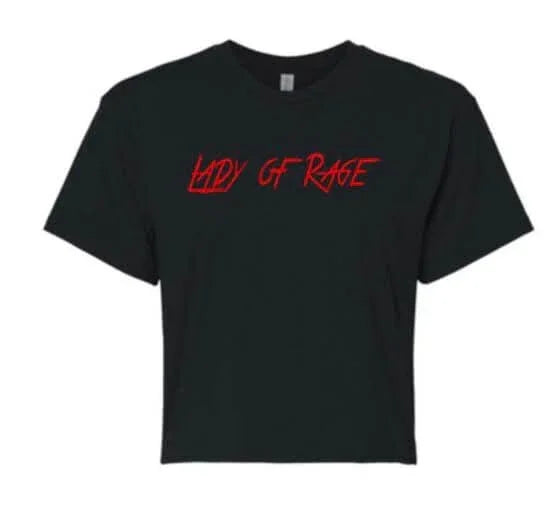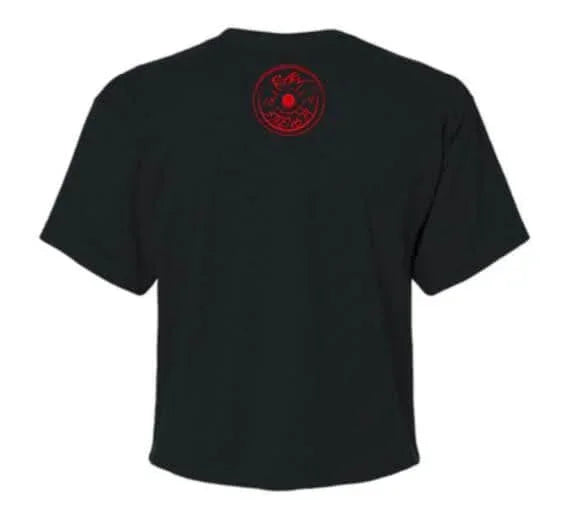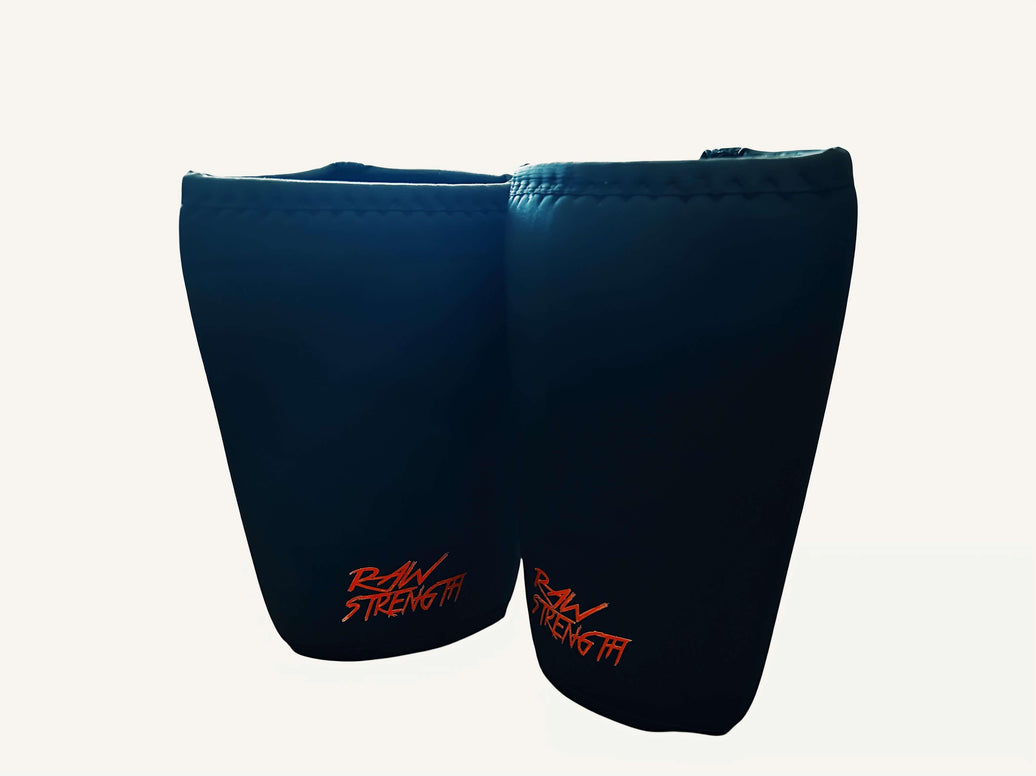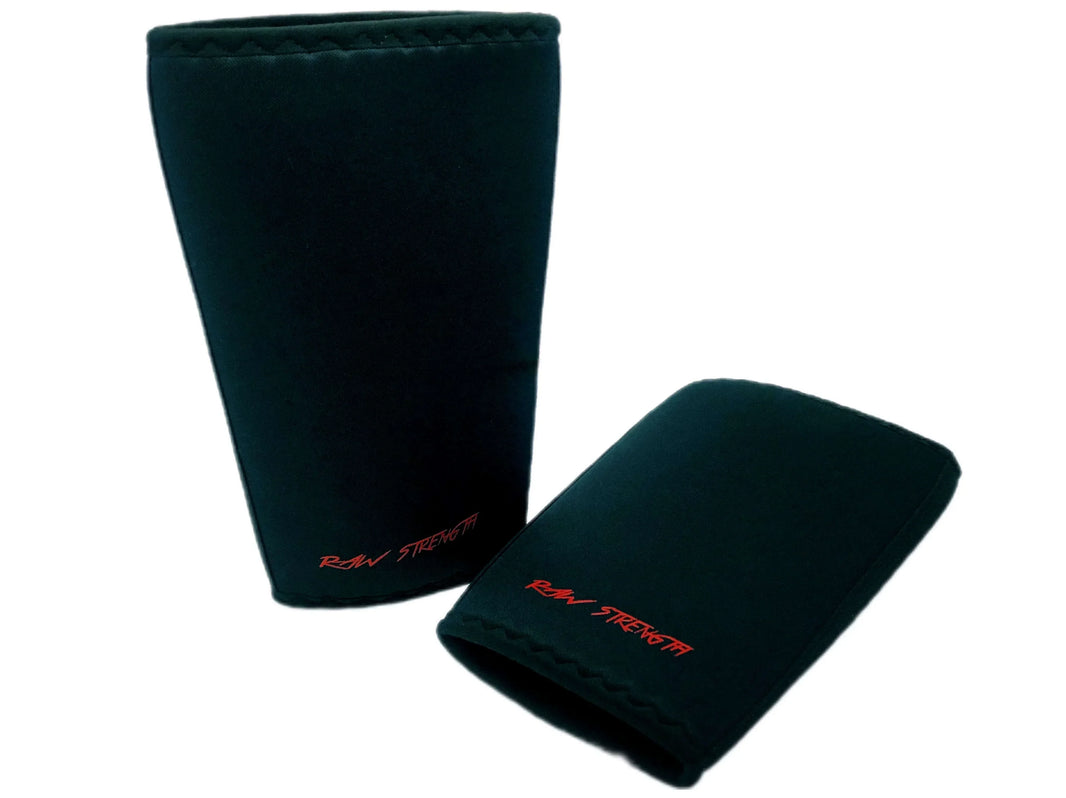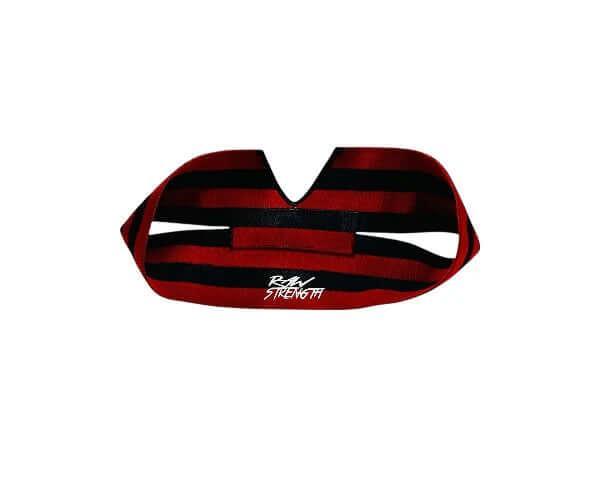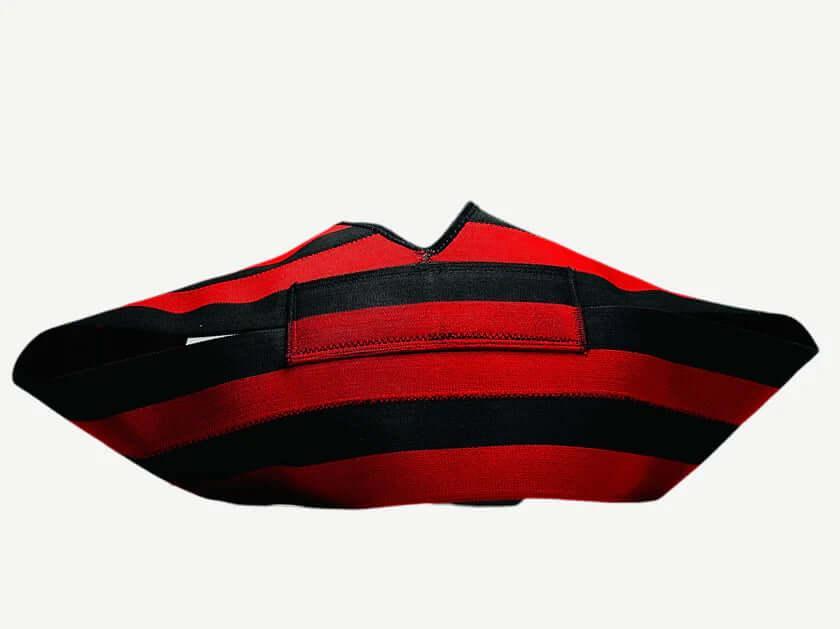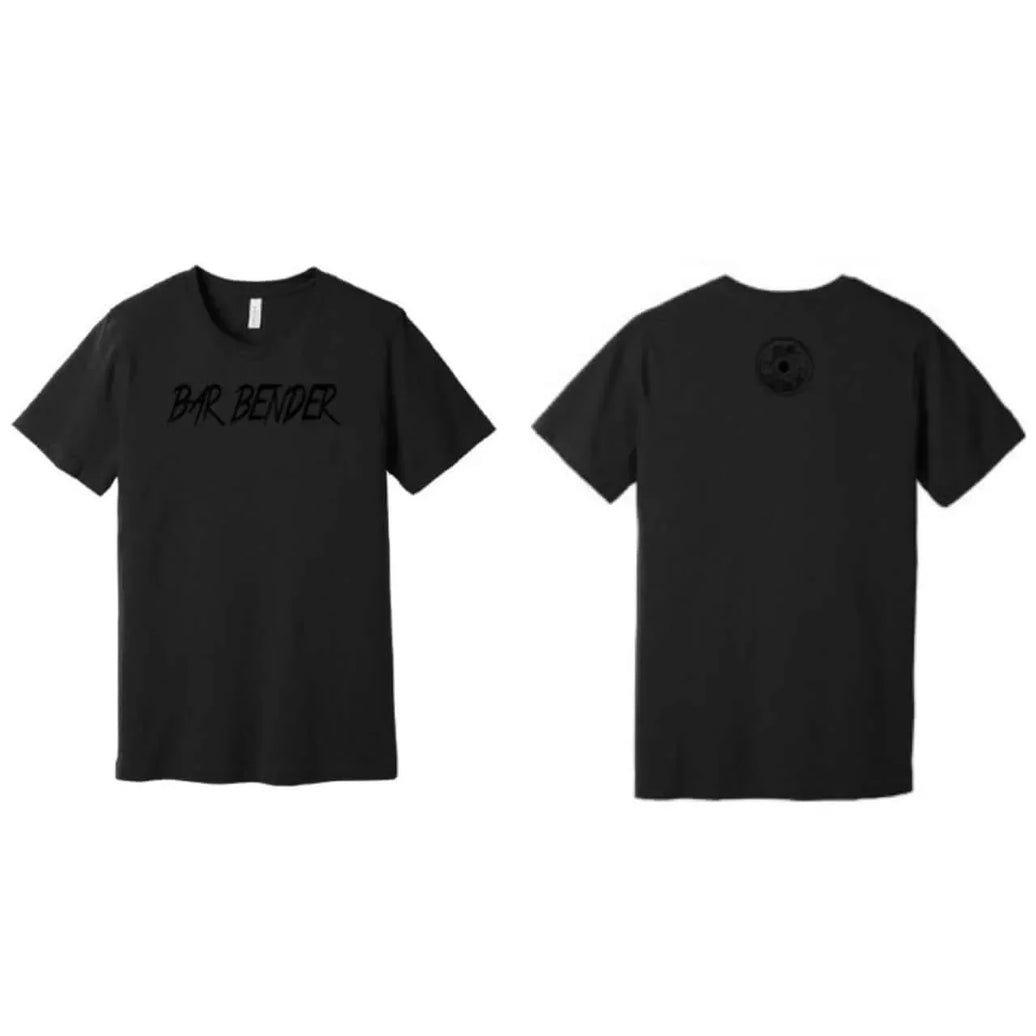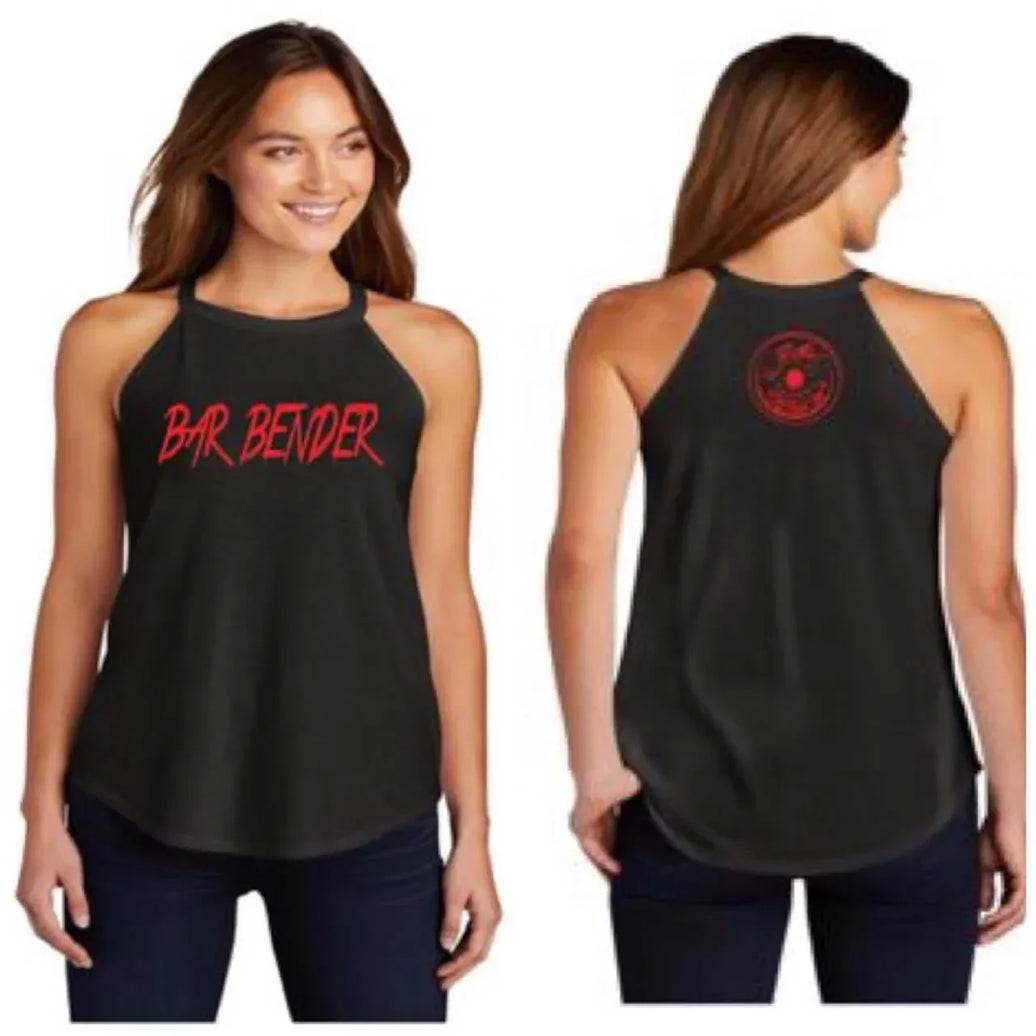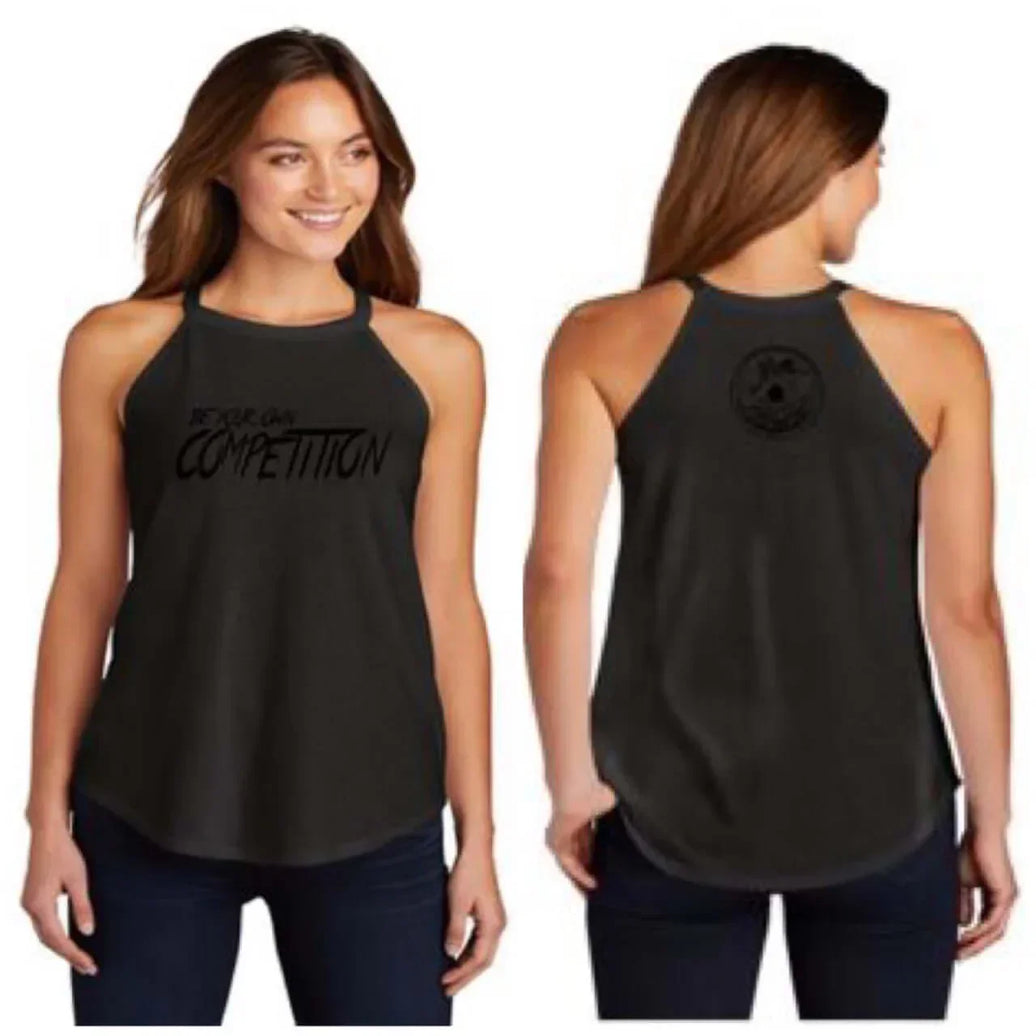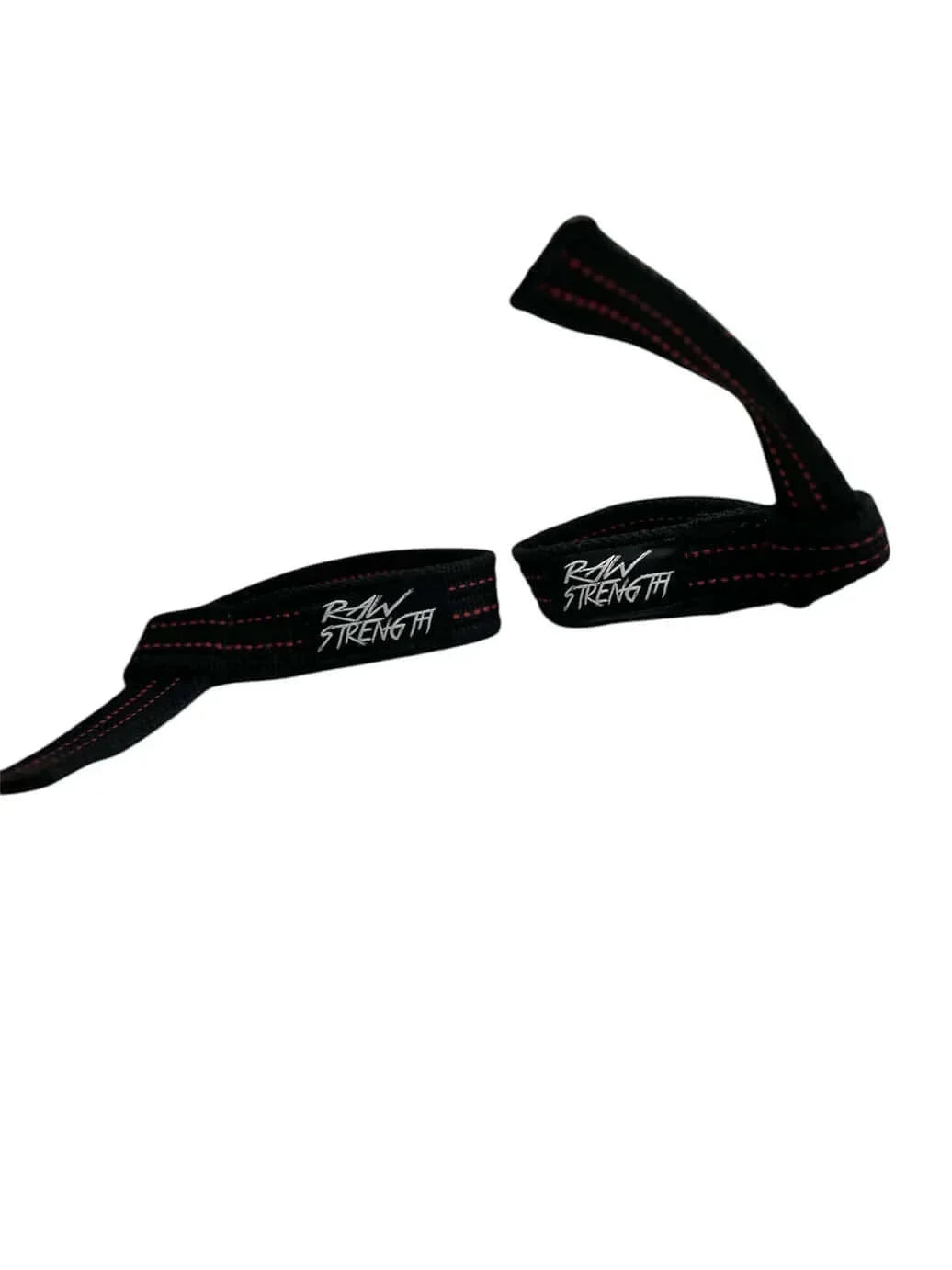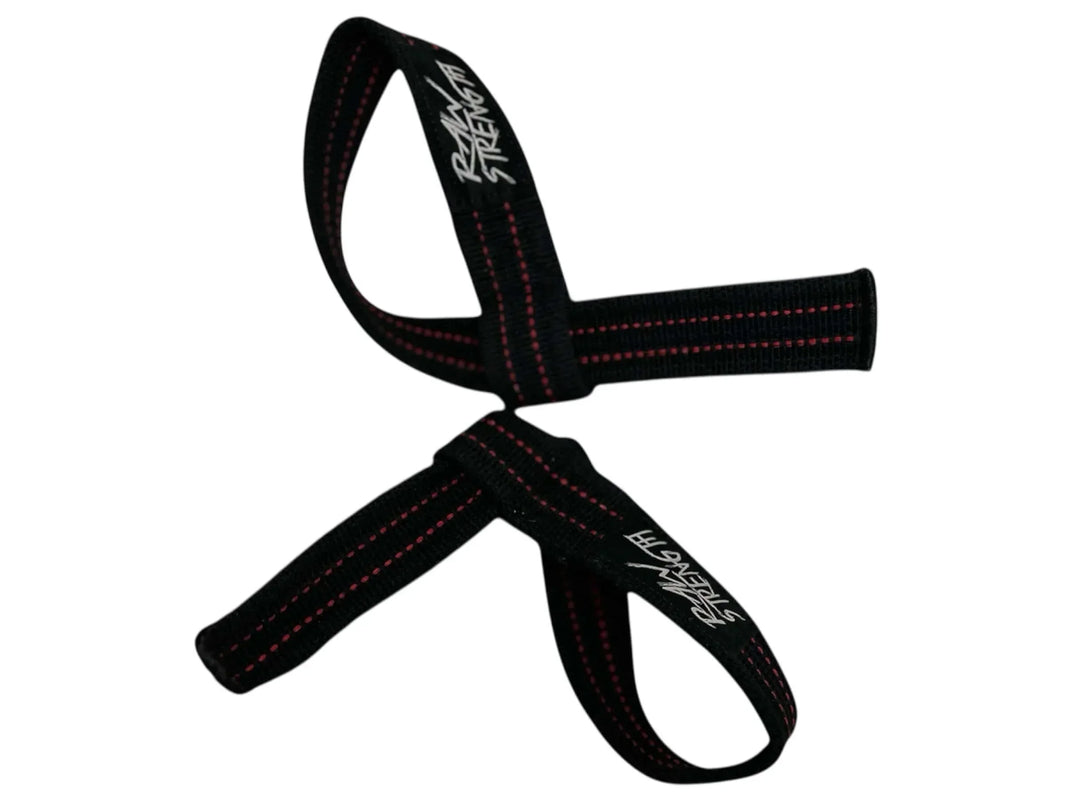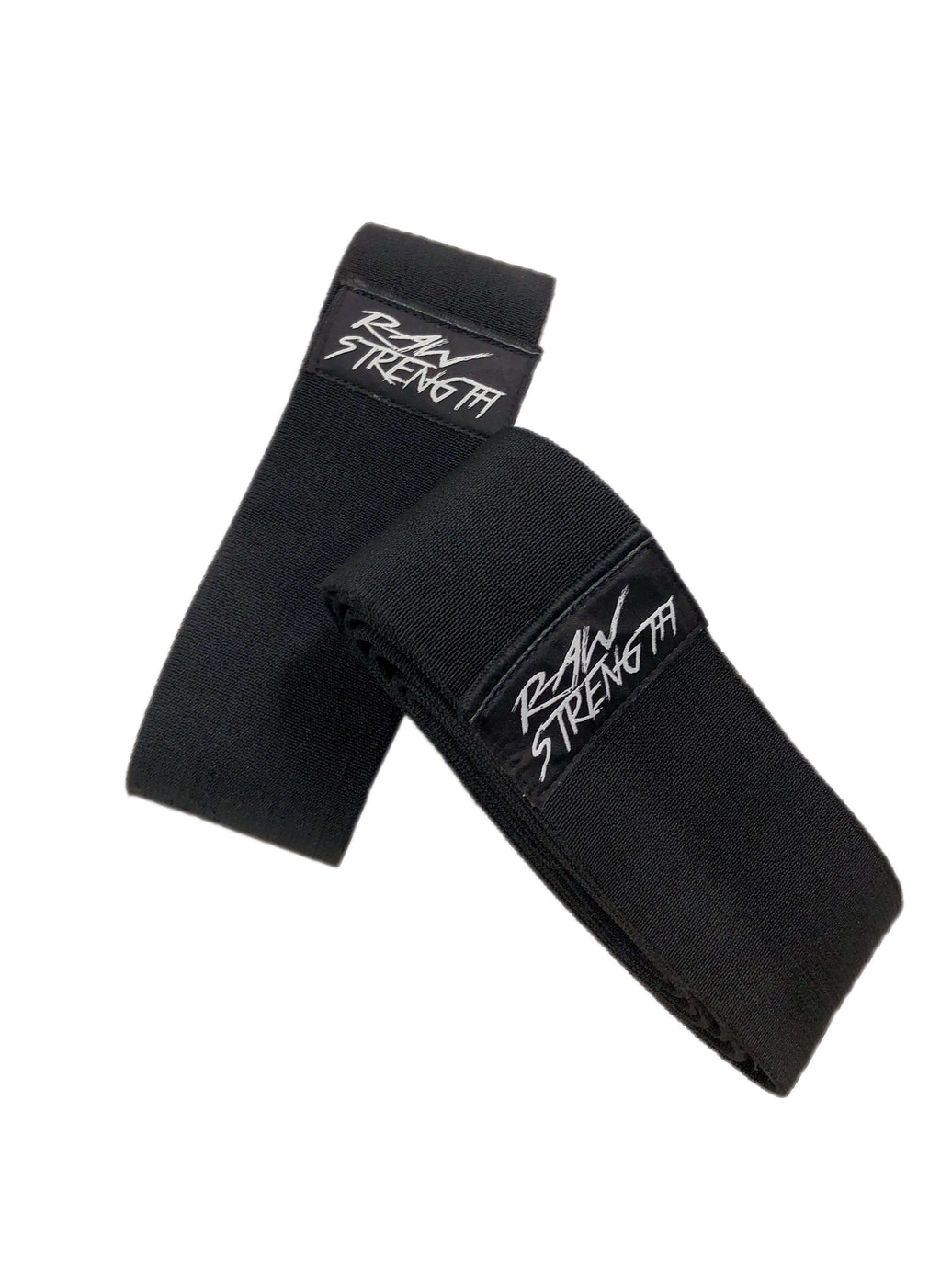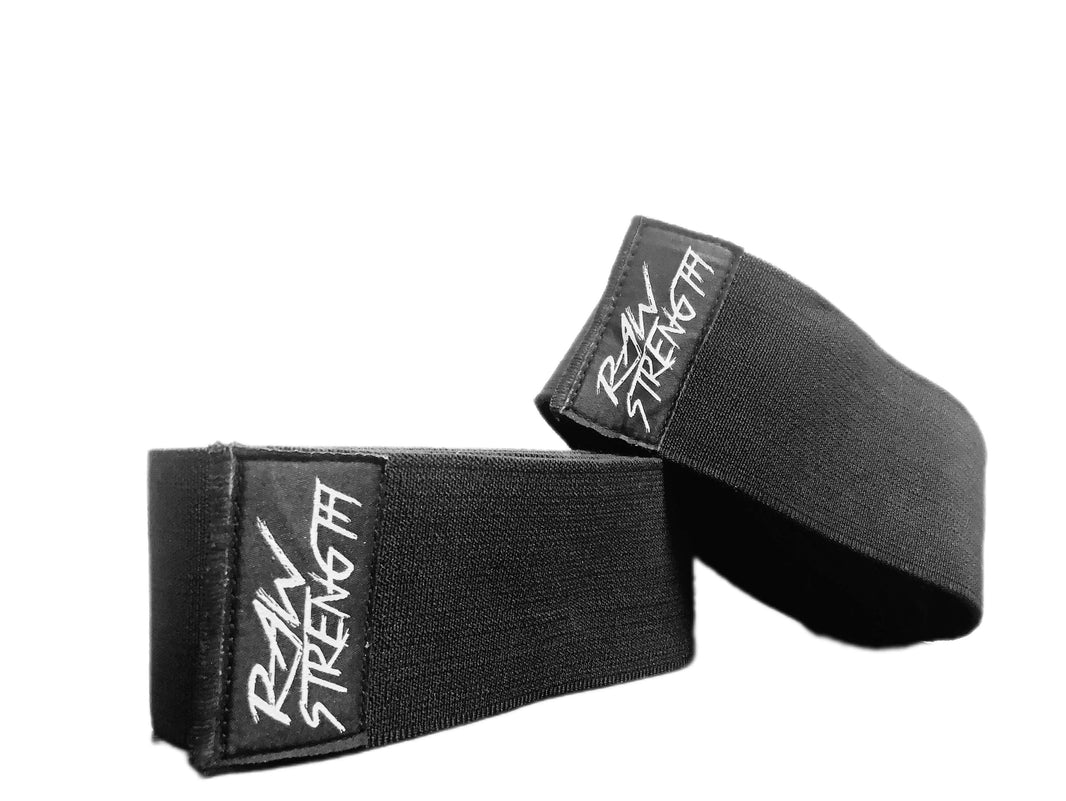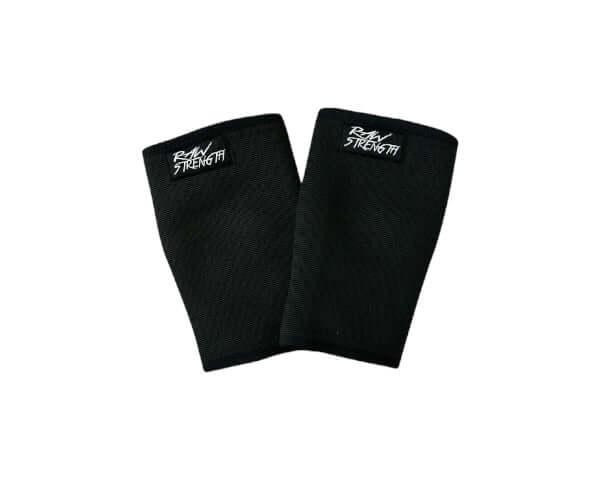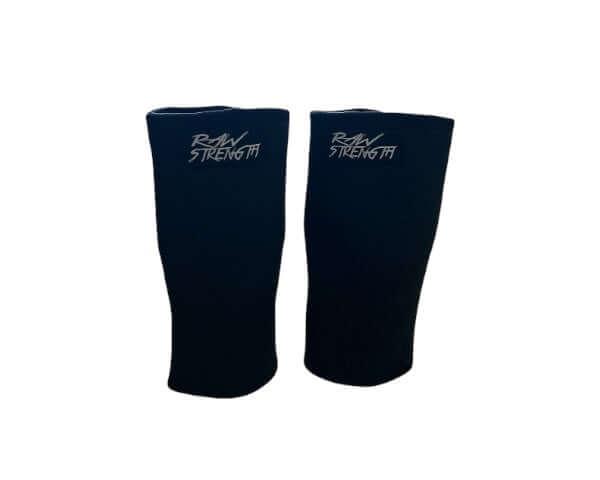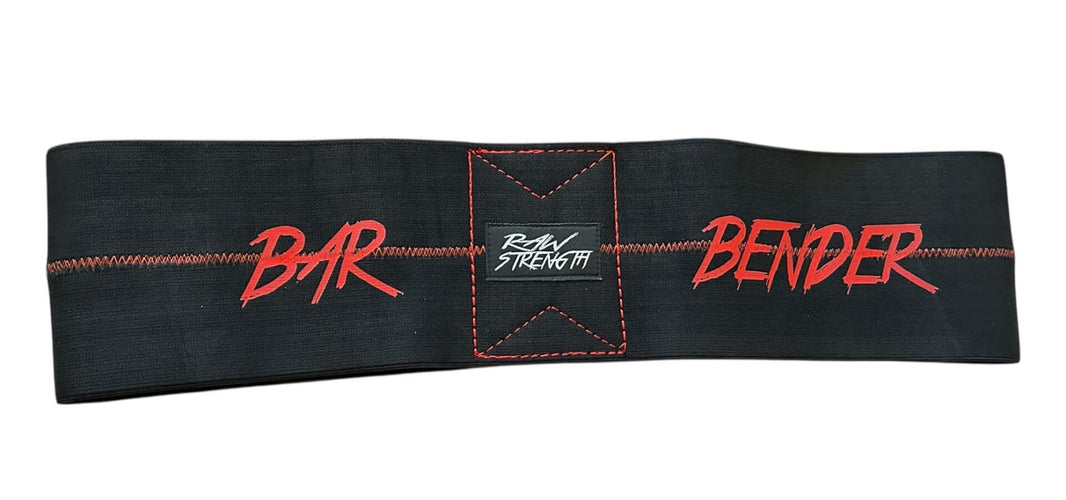A crucial accessory for many weightlifters, athletes, and fitness enthusiasts is wrist wraps. They protect and stabilize the wrists crucially, reducing the risk of injury while improving performance. This guide will teach you all you need to know if you're new to using wrist wraps or looking to improve your technique. We'll cover how to put on wrist wraps, the different wrapping techniques, common mistakes to avoid, and more.
How to Wrap a Wrist Wrap
Wrist Wrap with Thumb Loop and Velcro
Using wrist wraps with a thumb loop and Velcro is one of the most common and effective methods. Here's a step-by-step guide:

- Place the Thumb Loop: To begin, lay the thumb loop across your thumb. This will help hold the wrap in place as you begin wrapping.
- Wrap Around the Wrist: Begin wrapping the wrist wrap around your wrist. Ensure it covers the wrist joint properly to provide maximum support.
- Tighten the Wrap: As you wrap, make sure the tension is consistent. It should be snug but not overly tight, allowing for some flexibility.
- Secure with Velcro: Once you’ve wrapped it around your wrist sufficiently, secure it with the Velcro. Make sure the tightness is just enough to hold it in place without restricting blood flow.
What Do Wrist Wraps Do?
Wrist wraps are designed to stabilize the wrist joint during lifting exercises. With their added support, they lessen strain, aid in maintaining correct alignment, and help avoid accidents. This is particularly beneficial during heavy lifting or movements that put a lot of pressure on the wrists.
Also read: What is a Trucker Hat?
How Tight Should Your Wrist Wraps Be?
Your wrist wraps' degree of tightness can change based on the exercise and your own preferences. Here are some rules to follow:
When to Wear Your Wrist Wraps Very Tight
- Heavy Lifting: When lifting heavy weights, such as during bench presses or overhead presses, you may want your wrist wraps to be very tight. Maximum stability and support are thus guaranteed.
When to Wear Your Wrist Wraps Normally
- Moderate Lifting: For exercises that involve moderate weights or less wrist strain, normal tightness is sufficient. This provides support without overly restricting movement.
When to Wear Your Wrist Wraps Loosely
- Light Exercises: For light exercises or during warm-ups, wearing your wrist wraps loosely can offer some support without being too restrictive.
Avoid These 5 Mistakes When Putting on Wrist Wraps
-
Overly Tight Wrapping: Overly tight wrapping might impede blood flow and result in pain. Make sure the wrap is just snug, not too snug.
-
Incorrect Positioning: Placing the wrap too high or too low on the wrist can reduce its effectiveness. Make sure it covers the wrist joint properly.
-
Inconsistent Tension: Keep the tension consistent as you wrap to ensure even support.
-
Neglecting the Thumb Loop: Using the thumb loop helps maintain the wrap’s position. Don’t skip this step.
-
Over-Reliance on Wrist Wraps: While wrist wraps are beneficial, don’t rely on them excessively. Strengthening the wrist and forearm muscles is also important.
Get Your Wrist Wraps Today
Improve your workouts with high-quality wrist wraps from Raw Strength. Shop now and experience the difference!

You will be well-equipped to apply wrist wraps correctly and stay clear of common mistakes if you follow our instructions. Remember, the key to maximizing their benefits is to use them correctly and understand when and how tight to wear them. Happy lifting!
FAQs:
1- What are the key benefits of using wrist wraps during workouts?
Using wristbands while exercising has various advantages, such as:
- Increased Stability: They stabilize the wrist joint, reducing the risk of injuries.
- Improved Performance: They enable you to lift larger weights and complete more repetitions by offering support.
- Reduced Strain: They minimize strain on the wrists, making workouts more comfortable.
2- What materials are wrist wraps typically made of?
Usually, wrist wraps are composed of sturdy materials like:
- Cotton: Comfortable and breathable, suitable for lighter workouts.
- Nylon: Provides a balance of flexibility and durability.
- Elastic Blends: Offers a combination of support and stretch for various exercises.
3- How do I choose the right size and length of wrist wraps?
Choosing the right size and length depends on your needs and preferences:
- Length: Longer wraps offer more support and are suitable for heavy lifting, while shorter wraps are more comfortable and less restrictive.
- Size: Make sure the wraps are about the right amount of snug around your wrists, neither too tight nor too loose.
4- Can wrist wraps be worn for all types of exercises?
Because of its adaptability, wrist wraps can be used for a wide range of workouts, such as:
- Weightlifting: Essential for heavy lifts like bench presses, squats, and deadlifts.
- CrossFit: Beneficial during high-intensity workouts that involve various movements.

